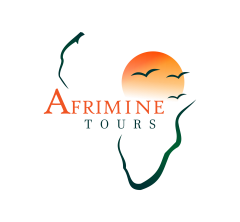Kilimanjaro Climbing Gear
What Gear do I need for Kilimanjaro? Getting the right Kilimanjaro gear list that will make you to travel safe and comfortable. Being cold, wet and miserable does not increase your summit chances.
What you pack for your Kilimanjaro climb is vitally important to your health and the success of your trek.
Kilimanjaro Gear List
This Kilimanjaro gear list consists of items that are necessary on a Kilimanjaro climbing, climbs to high altitude . These items are not optional , they are essential for your comfort and safety.
You may rent items on the list from Kilimanjaro Brothers. We have all in Kilimanjaro climbing list, used but in good condition for Kilimanjaro climbing.
Please remember to limit the weight of your duffel bag and its content, to be carried by the porters on the climb, to be 18 kg or less. Extra luggage, including clean clothes to wear after your climb, can be left at the hotel.
Make sure you have everything you need to help you successfully summit to the Roof of Africa. Below are some tips and ideas to help you pack wisely before climbing Mount Kilimanjaro.
You may contact us with any questions about mountaineering equipment.
Below are a proper checklist to use when you are packing:
Basic Equipment
Kilimanjaro Backpack
Backpack with an internal or external frame. Find a pack that fits you well and that can hold all your gear. 2500 – 3000 cubic inches is a good minimum size. Make sure it is comfortable for you.
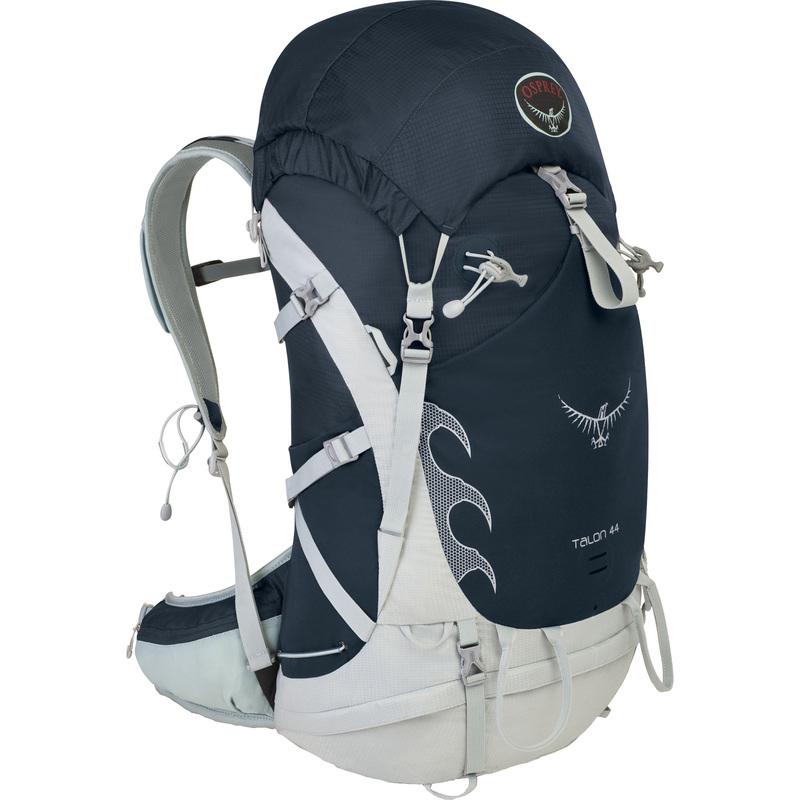
Duffelbags
a large one for your mountaineering gear and clothes and a smaller one for your city clothes. Please keep combined weight to approx 100 lbs. It is essential to keep gear separated for storage purposes. Luggage locks for locking your duffelbags. A 75 – 90L capacity duffelbag is recommended. It should easily hold all your gear.
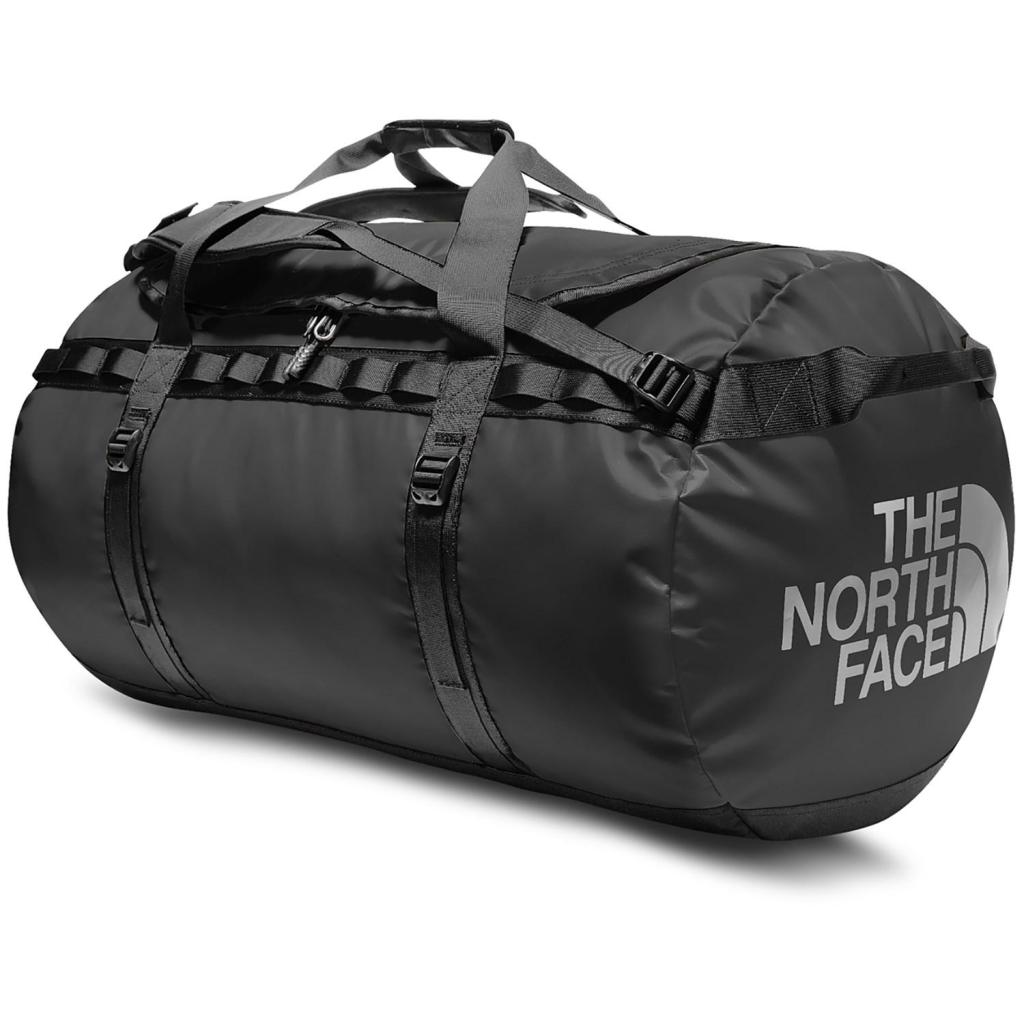
Others
Headlamp; be sure to bring extra batteries and extra light bulbs. Some clients have reported their batteries being confiscated from hand luggage while traveling through Kenya, so be sure to check extra batteries if you have more than four.
Extra bag to put your stuff which your not to need in mountain
Sleeping pad to keep sleeping surface comfortable also provide critical insulation from cold ground temperatures.

Sun Protection
- Warm hat
- Sun hat a wide one is the best, try to get that cover back your neck and ears against the sun burn
- Balaclava for neck and face covering
- Sunglasses – Dark, glacier glasses with side shields. Choose glasses with full UV and IR blockage.
- Lip Balm with SPF rating of 15 or more.

Clothing – Upper Body
T-Shirts
2 Shirts, synthetic material
Long sleeve underwear top.
Light or medium synthetic. Absolutely no cotton.
Lightweight long-sleeved shirt made of fleece or wool. This is the mild layer between a base (underwear) layer and a heavy top layer. This should be a heavy fleece or wool jacket.
Waterproof /windproof /breathable shell.
A outer layer made of Gore Tex or equivalent with full hood. Insulating outer layer. An insulated down or synthetic parka.
Down Jacket
Down Jacket with enough fleece and good water proof jacket for extra isolation.
Heavyweight
Jacket fleece fits you comfortable over each other.
Sports bra
Sports bra for women. No cotton.
Rain parka or Poncho
Rain parka or poncho. Water proof nylon that has been “seam sealed”
Gloves or mittens
Gloves or mittens (wool or pile). One pair of heavy mittens and one light pair of gloves work well. Mitten shell. These are for use against the winds on the way to the summit. Bring also a thinner pair for hiking around the camp

Clothing – Lower Body
- Quick dry hiking shorts. Good for hiking at lower elevations on the mountain.
- Long underwear bottoms. Wool or synthetic. Light or medium weight. Wool, bunting or pile pants.
- Rain pants – one pair that fit loosely and are comfortable.

On Your Feet
- Socks. Synthetic or wool, at least 3 pairs.
- Liners Socks if you wear them. Absolutely no cotton. You will wear a thin pair, rinse the thin pair at night and pack them in a bag to dry on the next day.
- Hiking boots. High–top heavy duty hiking boots with a good sole for traction. These should be well worn-in by trip departure. Make sure its not a plastic and must high enough to support your ankle – Please wear your boot which you’re going to use on Kilimanjaro in case luggage goes missing on plane.
- Gaiters must be knee length with Velcro closures lightweight shoes, sandals, or other shoes for crossing rivers and for base camp.
- Trekking trousers not cotton or jeans. Fleece lined trousers are a good choice.
- Trekking poles very useful for descent.

For Drinking
- Water bottle. Four bottles, one liter size.
- Water treatment tablets. Not essential, but good to have on hand. (We provide tablets as part of the trip service).
- Water flavoring. (The water treatment tablets tend to leave a small aftertaste, so having your favorite drink powder can help to mask this. Also not essential).
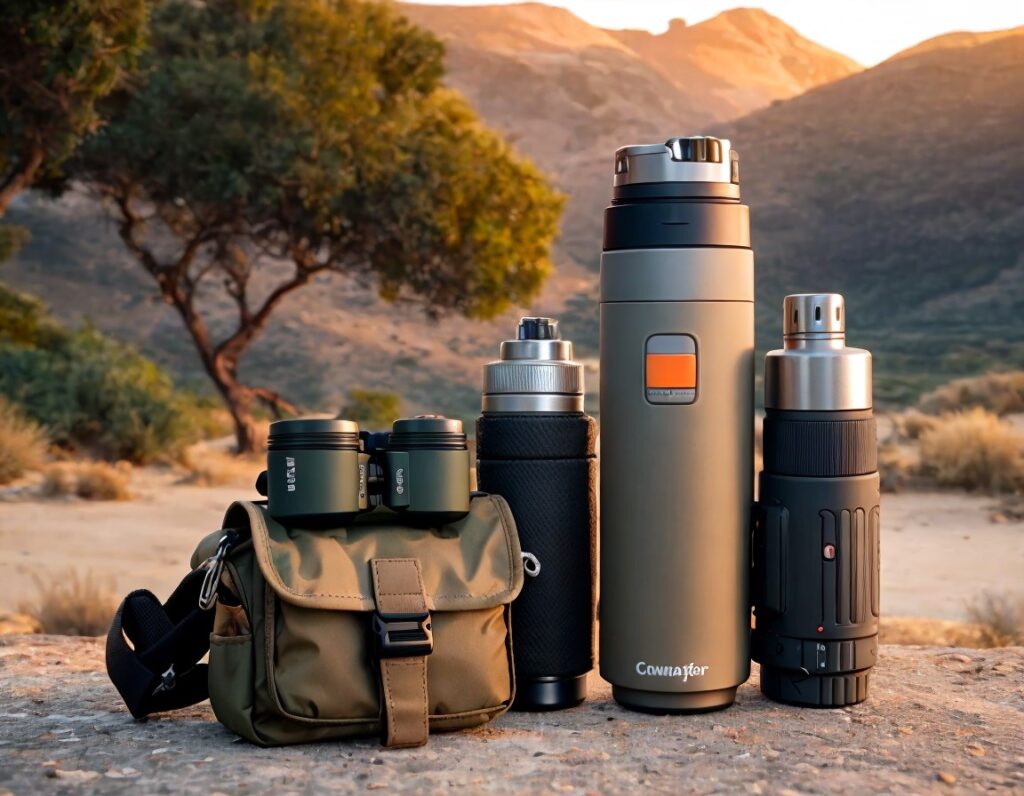
For Personal Hygiene Items
- Bring enough toiletries for the entire trip. Keep it simple and light, but bring enough for your needs.
- Biodegradable soap
- Hand sanitizes
- Sunscreen – Minimum of SPF15
- First Aid – A complete personal first–aid kit containing any drugs prescribed by your doctor (see the “letter to your physician for high altitude meds, antibiotic and the like”) Insure Antiseptic cream, plasters, knee support, moleskin or compeed, ibuprofen, aspirin, paracetamol, imodium, rehydrating power, through sweet are packed.
- Towel for washing in camp. (A small one.) You can also use a bandana.
- Insect repellent containing DEEP
- Moist towelettes or baby wipes for additional hygiene.
- Pocket Knife. Simple Swiss Army type with scissors.
- Trail Munchies. Although plenty of snack food is provided, trekkers like to have a taste of home in their packs. It is also advisable to bring at least three energy bars to assist you on summit day.
- Hot drink mixes. We provide plenty of coffee, cocoa and tea, but non caffeinated drinks are not readily available here.
- Electrolytes, powder and tablets (optional)
- Snacks, light weight, high calorie, high energy ( Optional)
- Ear plugs. To block out snoring and hut noise and ensure peaceful rest.
- extra bag for protecting wet on gear as well one extra for garbage.
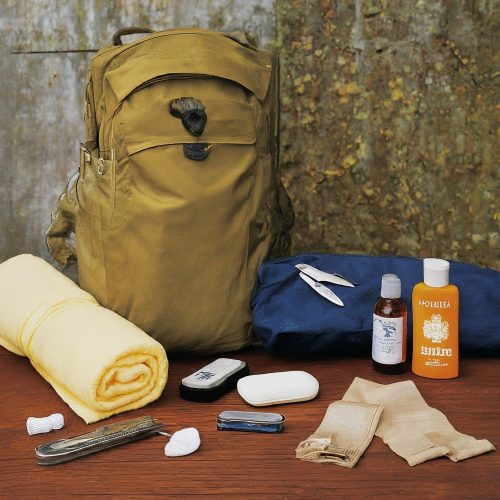
Paper Work & Travel documents
- Visa (Visa also available Tanzania on arrival for countries who get Visa on arrival)
- Valid passport
- Immunization Paper
- Trip Itineraries and receipts
- Travel and Medical Insurance document
- US $ cash & Credit Card
- Notebook & pencil

Others
- Prescriptions
- Camera with Extra batteries (option) and memory card. UV filter is needed for SLRs.
- Binoculars (option)
- Wristwatch and alarm
- Pocket knife
- Cell phones and space batteries, check also with your network provider for coverage and local network. You can have signal across a lot of points and understood most point are still week network.
- Tips for porters and guides

What Gear Brands are Best?
Outfitting yourself for Kilimanjaro does not have to be expensive. If you have seen our comprehensive gear list, you know that there is quite a bit of gear and equipment needed to climb Kilimanjaro. This is a given because of the extreme weather conditions one can encounter on the way to the summit and back.
While you may be tempted to go to REI and get new things for your upcoming adventure, you might have most of what you need already at home. If you have any questions about whether your current gear will suffice, just ask us. We love talking about outdoor apparel!
Now, if you have decided to upgrade or replace, or buy your first items ever, you might wonder which brands are the best?
It truly comes to preference.
There are some very pricey (overpriced) brands out there. Arcteryx, Canada Goose and Icebreaker come to mind. Though they do make high quality items, we do not believe that their prices are justified.
The brands we favor are those you are probably already familiar with, as they are found in your local outdoor shops. As long as you get name brand gear, the specific brand doesn’t matter much. The brands that offer a fair price for quality are: Patagonia, The North Face, Mountain Hardwear, Marmot, Mammut, Outdoor Research, Salomon, and Black Diamond.
Outdoor brands with a lower price point but offer a good value include: Sierra Designs, REI brand, Smart Wool, and Columbia.
Certainly you can also use gear from your favorite sport brands as well: Nike, Adidas, Under Armour, etc. Just because they don’t carry the same outdoorsy image doesn’t mean they can’t be perfect for Kilimanjaro.
Remember that the most important items in your gear bag are:
waterproof jacket and pants
boots or trail shoes
sleeping bag.
Don’t skip on these things.
Kilimanjaro gear list – Useful tips for packing
Here are some tips for how to pack & tick Kilimanjaro gear list for climbing Kilimanjaro:
- Those who don’t want to bring the whole bulk of their climbing equipment to Tanzania can always hire it on the spot from our rental shop.
- For first-time climbers or anyone who doesn’t have their own climbing gear, renting is a much more affordable choice than investing in top-quality gear you may only use one time.
- Avoid buying the cheapest gear.
- There’s no need to spend a fortune on buying branded clothes and footwear, and yet low quality items should not be an option either, no matter how attractive the price. After all, it is your safety and comfort at stake. On today’s market you can find plenty of high-quality.
